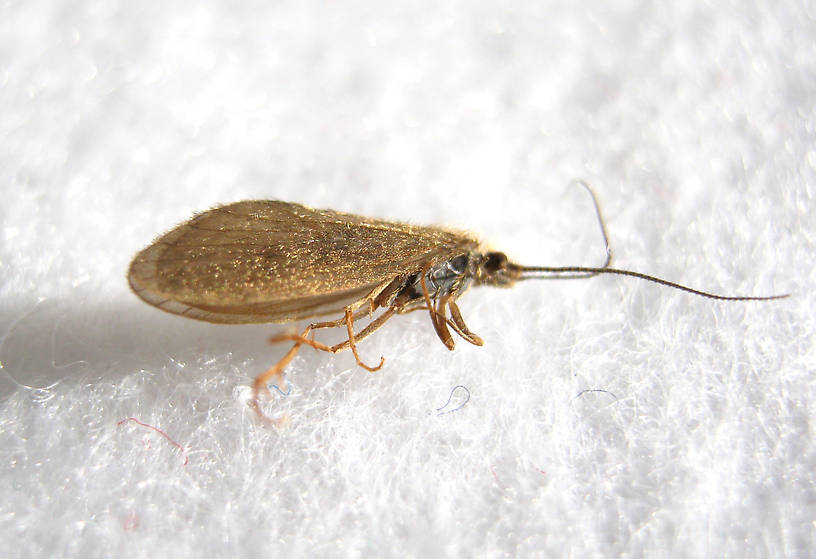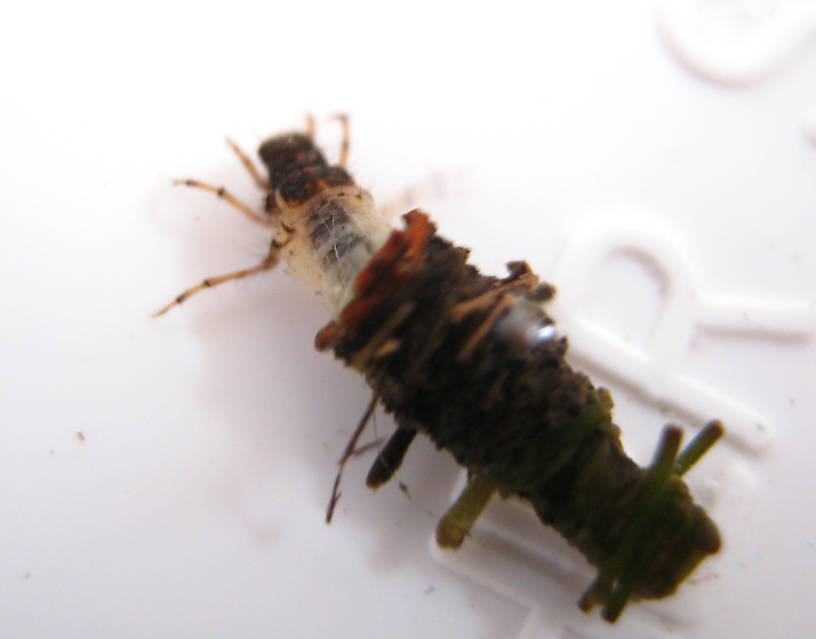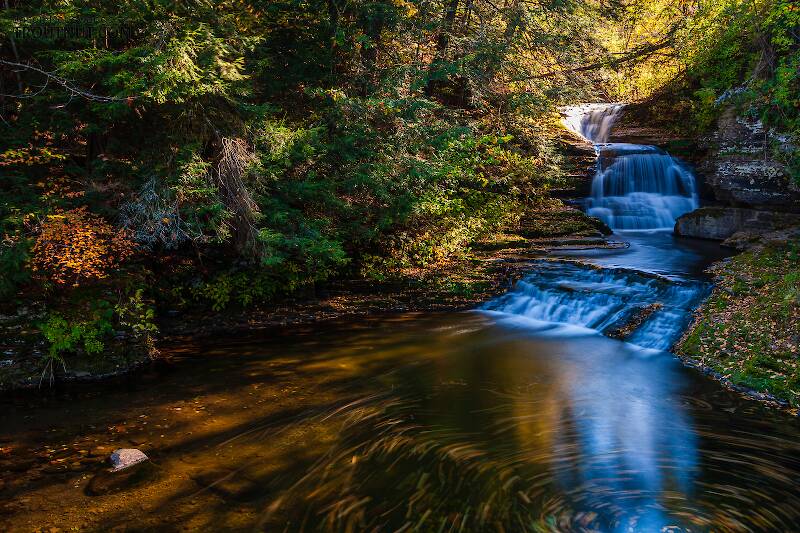
Blue-winged Olives
Baetis
Tiny Baetis mayflies are perhaps the most commonly encountered and imitated by anglers on all American trout streams due to their great abundance, widespread distribution, and trout-friendly emergence habits.
Featured on the forum

This species was fairly abundant in a February sample of the upper Yakima.

Troutnut is a project started in 2003 by salmonid ecologist Jason "Troutnut" Neuswanger to help anglers and
fly tyers unabashedly embrace the entomological side of the sport. Learn more about Troutnut or
support the project for an enhanced experience here.
Little Brown-Green Sedges
This common name refers to only one family. Click its scientific name to learn more.
Caddisfly Family Lepidostomatidae
These are very rarely called Little Brown-Green Sedges.
See Lepidostoma for details. It's the only important genus in this family.
The other one, Theliopsyche, is an uncommon Eastern small stream genus.
The other one, Theliopsyche, is an uncommon Eastern small stream genus.

These specimens are still alive, just very cold, so the colors are accurate. I put them in the freezer for a bit to settle them down and overdid it a little:)

The photo of the specimen cased is alive. The photo of the uncased larva is the same specimen taken after it was preserved in its case. Unfortunately, there was a lot of pigment transfer making the specimen look olivaceous. In life it was grayish white as shown in the first photo.
See 8 more specimens...

